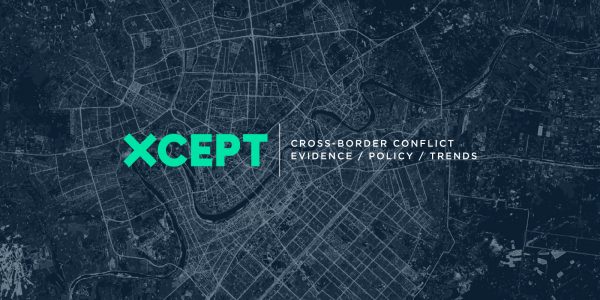Jihadist propaganda has never been more salient an issue than it is today. However, its motivations and impact are all too often misunderstood. This research stream consequently examines online and offline public diplomacy efforts from the likes of the Islamic State, al-Qaeda, and Hay’at Tahrir al-Sham (HTS) in Syria.
Based on privileged access to and longitudinal archiving of content shared on closed jihadist sources since 2013, this project has tracked the rise and fall of Islamic State media production. Its outputs have directly informed the development of private and public policy responses to the challenges posed by terrorist propaganda on the Internet.
On a longer-term basis, the project is also working to explore how jihadist strategic communication works from a psychological and aesthetic perspective, assessing in particular how it is used to articulate socio-cultural values with a view to radically improving counter-terrorism strategic communication campaigns.
As part of a CREST funded grant, a sub-project of this research stream is looking at terrorist platform migration. This original research project will explore how and why extremists use online communication and content-hosting platforms, and under what circumstances they migrate between them. It will do this by interrogating a dataset containing 14.4million posts collected from more than 4,000 Telegram channels, groups and super-groups associated with jihadist extremism, tracking migratory behaviours and other functional shifts at both an individual and organisational level.

